M
I
C
R
O
S
T
O
R
Y
O
F
A
R
T
........................................................

NOW COMPLETED:

........................................................
MICROSTORY OF ART
ONLINE JOURNAL FOR ART, CONNOISSEURSHIP
AND CULTURAL JOURNALISM
........................................................
INDEX | PINBOARD | MICROSTORIES |
FEATURES | SPECIAL EDITIONS |
HISTORY AND THEORY OF ATTRIBUTION |
ETHNOGRAPHY OF CONNOISSEURSHIP |
SEARCH
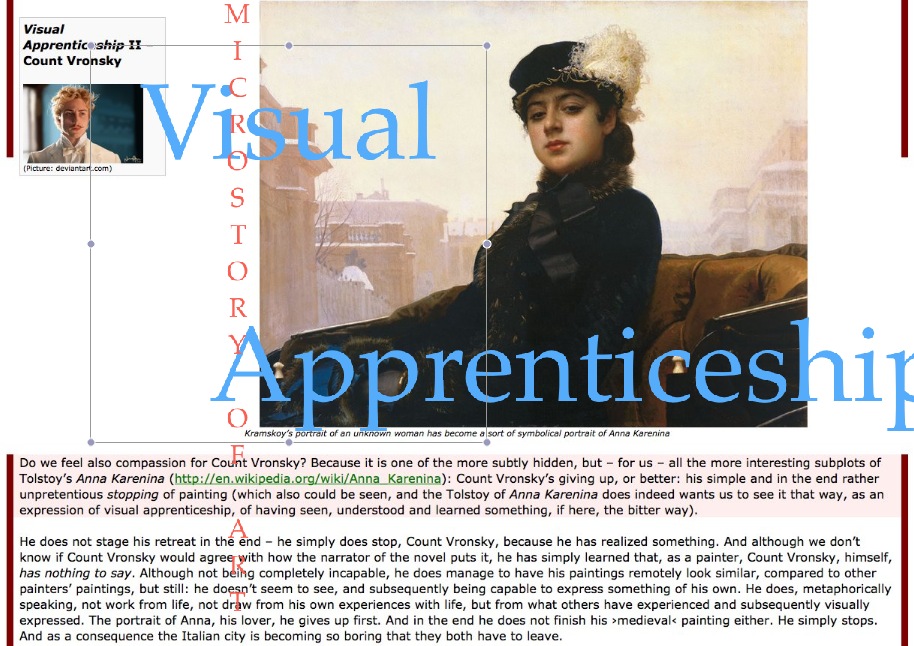
........................................................



 >MICROSTORIES
>MICROSTORIES
- Richard Serra
- Martin Scorsese
- Claude Simon
- Sunshine
- Werner Herzog
- The Creation
- Marcel Duchamp
- Nino Rota
- Wölfflin and Woolf
- Hansjörg Schneider
- Kraftort Arkadien
- Visual Biography
- Schlaraffenleben
- Die Geisteswissenschaften
- The Voyeur
- Buzzword Sustainability
- Paul Verlaine
- Tao Yuanming
- New Beginning
- Seneca
- Still Lifes
- Charles Baudelaire
- Frédéric Chopin
- The Art History of Sustainability
- Wang Wei
- Solarpunk
- Historians of Light
- Lepanto
- Renaturalization
- Plates
- Snow in Provence
- Learning to See
- Picasso Dictionaries
- Peach Blossom Spring
- Picasso Tourism
- Tipping Points
- Sviatoslav Richter
- Weather Reports
- Treasure Hunt
- Another Snowscape in Picasso
- Picasso in 2023
- Dragon Veins
- The Gloomy Day
- The Art of the Pentimento
- Reforestation
- The Status of Painting
- Emergency Supply
- Punctuality
- Watching Traffic
- Zhong Kui
- How Painting Survived the 1990s
- Confirmation Bias
- Sustainability and Luxury
- Garage Bands
- Picasso and Artificial Intelligence
- Eyes of Tomorrow
- Picasso in 2023 2
- Gluing Oneself to Something
- Suburbia
- Bamboo
- Sustainability and Carpe Diem 1
- Interviews with Bruegel
- Sustainability and Carpe Diem 2
- Coffee & Sugar
- Bamboo 2
- Picasso in 2023 3
- Sustainability and Carpe Diem 3
- Cherry Orchard
- Old Magazines
- Chance
- Nick Drake
- Harlequin
- The Smartphone & the Art Book
- Atlas Syndrome
- The Kitchen
- Atlas Syndrome 2
- Consideration
- Tori Amos
- School
- Orchard Auctioning Day
- The Hundred Years’ War
- Sócrates
- Chameleon
- Nefertiti Bust
- Picasso as a Computer
- Sunflowers
- Philemon & Baucis
- Ode to the Radio
- Childhood
- Wimmelbild
- Restitution
- Nick Drake 2
- Wishful Thinking
- Sundays
- The Independent Scholar
- September
- The Fisherman by Pirosmani
- Microadventure
- Sociology
- Salvator Mundi
- Chillon
- Appassionata
- Amber
- Homer
- Berlin
- Planet Walk
- Improvisation
- Seeing Picasso
- These Nice Kids
- Robber
- The One
- The Sea Turtle
- Zoo
- Through the Hush
- Wunderkammer
- I Do Not Seek, I Find
- Shopping Mall
- Food Hamper
- The Secretary
- This Gate
- Nor Rainy Day
- House on a Hill
- Beautiful Island
- Second-hand Bookstore
- Flat
- Slap in the Face
- Serra, Wenkenpark
- Apologies
- The Bells
- Nordmann Fir
- Picasso Wanting To Be Poor
- Picasso, Pirosmani
- A Brief History of Sculpture
- 24 Sunsets
- Rusty Phoenix
- Glove
- Wintry Stanza
- A Song
- Like A Beatle
- Catching An Orange
- Solar Bees
- Permaculture

 >FEATURES
>FEATURES
- Van Gogh On Connoisseurship
- Two Museum’s Men
- Ende Pintrix and the City in Flames
- Titian, Leonardo and the Blue Hour
- The Man with the Golden Helmet: a documentation
- Un Jury d’admission à l’expertise
- Learning to See in Hitler’s Munich
- Leonardo da Vinci and Switzerland
- The Blue Hour Continued
- The Blue Hour in Louis Malle
- Kafka in the Blue Hour
- Blue Matisse
- Blue Hours of Hamburg and LA
- A Brief History of the Cranberry
- The Other Liberale in the House
- The Blue Hour in Raphael
- Who Did Invent the Blue Hour?
- Monet on Sustainability
- Velázquez and Sustainability
- The Blue Hour in Guillaume Apollinaire
- Van Gogh on Sustainability
- The Blue Hour in Marcel Proust
- Picasso and Sustainability
- The Contemporary Blue Hour
- The Blue Hour in 1492
- The Blue Hour in Hopper and Rothko
- Hopper and Sustainability
- The Blue Hour in Ecotopia
- The Hour Blue in Joan Mitchell
- Explaining the Twilight
- The Twilight of Thaw
- The Blue Hour in Pierre Bonnard
- Explaining the Twilight 2
- Picasso on Stalin
- Rubens on Sustainability
- The Salvator Mundi in Bruegel and Rubens
- The Blue Hour in Leonardo da Vinci and Poussin
- The Blue Hour in Rimbaud
- Faking the Dawn
- Frost and Thaw in Ilya Ehrenburg
- Picasso, Stalin, Beria
- Picasso, Solzhenitsyn and the Gulag
- Shostakovich on Picasso
- Hélène Parmelin in 1956
- Historians of Picasso Blue
- Picasso Travelling to Moscow 1
- The Blue Hour in Caravaggio
- Picasso Travelling to Moscow 2
- Picasso, the Knife Game and the Unsettling in Art
- Some Notes on Leonardo da Vinci and Slavery
- Picasso Moving to the Swiss Goldcoast
- The Blue Hour in Camus
- The Blue Hour in Symbolism and Surrealism
- Caspar David Friedrich in His Element
- Exhibiting the Northern Light
- Caspar David Friedrich in His Element 2
- Robert Schumann and the History of the Nocturne
- The Blue Hour in Robert Schumann
- Caspar David Friedrich and Sustainability
- The Twilight of Thaw 2
- Multicultural Twilight
- The Blue Hour in Anton Chekhov
- The Blue Hour in Medieval Art
- Twilight Photography
- The Blue Hour in Bob Dylan
- Iconography of Optimism

 >SPECIAL EDITIONS
>SPECIAL EDITIONS
- Visions of Cosmopolis
- Mona Lisa Landscapes
- Turner and Ruskin at Rheinfelden
- Painters On TV & On TV
- Spazzacamini in Art
- A Last Glance at Le Jardin de Daubigny
- The Experimental Cicerone
- A Dictionary of Imaginary Art Historical Works
- Iconography of Blogging
- Begegnung auf dem Münsterplatz
- Cecom
- Das Projekt Visual Apprenticeship
- Those Who See More
- A Fox on Seeing with the Heart
- Sammlung Werner Weisbach
- Daubigny Revisited
- Some Salvator Mundi Microstories
- Some Salvator Mundi Afterthougths
- Some Salvator Mundi Variations
- Some Salvator Mundi Revisions
- A Salvator Mundi Questionnaire
- A Salvator Mundi Puzzle
- Unknown Melzi
- Francis I and the Crown of Charlemagne
- From Amboise to Fontainebleau
- Drones Above Chambord
- Looking Back At Conques
- Flaubert At Fontainebleau
- Images of Imperial Ideology
- The Chronicles of Santa Maria delle Grazie
- Seeing Right Through Someone
- Melzi the Secretary
- Eying Glass
- A Foil to the Mona Lisa
- A Renaissance of the Cartoon
- Sketching a Family Tree
- Venetian Variations
- A Brief History of Digital Restoring
- A Consortium of Painters
- Leonardeschi and Landscape
- A Christ in Profile
- Learning to See in Spanish Milan
- A History of Gestures
- Leonardo and Josquin
- A Renaissance of the Hybrid
- Suida and Heydenreich
- The Watershed
- Three Veils
- From Beginning to End
- Connoisseurship of AI
- Twilight and Enlightenment
- The Blue Hour in Chinese Painting
- Dusk and Dawn at La Californie
- Iconography of Sustainability
- The Blue Hour in Goethe and Stendhal
- The Sky in Verlaine
- The Blue Hour in Paul Klee
- Iconography of Sustainability 2
- The Blue Hour in Charles Baudelaire
- From Bruegel to Solarpunk
- Some Salvator Mundi Documentaries
- Some More Salvator Mundi Monkey Business
- The Windsor Sleeve
- Brigitte Bardot’s Encounter with Picasso
- Art Historians and Historians
- A Salvator Mundi Chronicle
- The Salvator Mundi and the French Revolution
- The Fontainebleau Group
- The Encounter of Harry Truman with Pablo Picasso
- The Fontainebleau Group Continued
- The Windsor Sleeve Continued
- The Salvator Mundi in Early Netherlandish Painting 1
- Some Salvator Mundi Resources
- A New Salvator Mundi Questionnaire
- The Woman in Picasso
- The Yarborough Group
- Melzi, Figino and the Mona Lisa
- The Yarborough Group Continued
- A Salvator Mundi Global History
- The Salvator Mundi in Medieval Art
- The Salvator Mundi in Medieval Art 2
- The Salvator Mundi in Early Netherlandish Painting 2


 >HISTORY AND THEORY OF ATTRIBUTION
>HISTORY AND THEORY OF ATTRIBUTION
- The Mysterious »Donna Laura Minghetti-Leonardo«
- Assorted Demons of Connoisseurship
- Panofsky Meets Morelli
- Discovering the Eye of Sherlock Holmes
- Handling the Left-handed Hatchings Argument
- Visual History of Connoisseurship
- Alexander Perrig
- Connoisseurship in 2666
- What Postmodernity Has Done to Connoisseurship
- Dividing Four Fab Hands
- A Leonardesque Ambassador
- Test Cases in Connoisseurship
- A Raphael Expertise
- How to Tell Titian from Giorgione
- Louise Richter
- The Unique Property in the History of Connoisseurship
- An Expertise by Berenson
- The Book of Expertises
- An Album of Expertises
- An Expertise by Friedländer
- A Salvator Mundi Provenance
- How to Tell Leonardo from Luini
- An Expertise by Crowe and Cavalcaselle
- An Expertise by Bayersdorfer
- An Expertise by Hermann Voss
- An Expertise by Hofstede de Groot
- Leonardeschi Gold Rush
- An Unknown »Vermeer«
- An Expertise by Roberto Longhi
- An Expertise by Federico Zeri
- A Salvator Mundi Geography
- A Salvator Mundi Atlas
- The Bias of Superficiality
- 32 Ways of Looking at a Puzzle
- James Cahill versus Zhang Daqian
- Five Fallacies in Attribution
- On Why Art History Cannot Be Outsourced to Art Dealers
- On Why Artificial Intelligence Has No Place in Connoisseurship
- Salvator Mundi Scholarship in 2016
- Leonardo da Vinci at the Courts
- The Story of the Lost Axe
- The Last Bruegel
- A Titian Questionnaire
- On Where and Why the Salvator Mundi Authentication Did Fail
- The Problem of Deattribution

 >ETHNOGRAPHY OF CONNOISSEURSHIP
>ETHNOGRAPHY OF CONNOISSEURSHIP
MICROSTORY OF ART
ONLINE JOURNAL FOR ART, CONNOISSEURSHIP
AND CULTURAL JOURNALISM
........................................................
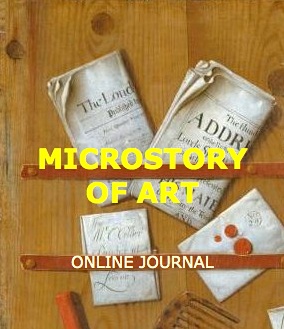
***
ARCHIVE AND FURTHER PROJECTS

1) PRINT


***
2) E-PRODUCTIONS


........................................................

........................................................

........................................................
FORTHCOMING:

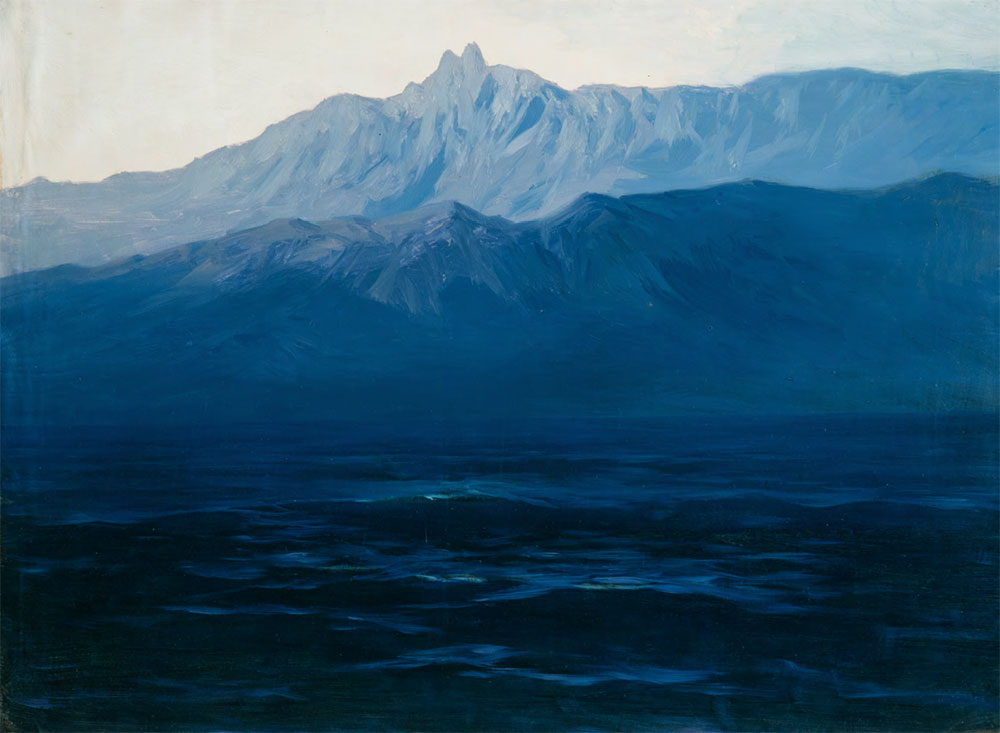
***
3) VARIA

........................................................

........................................................
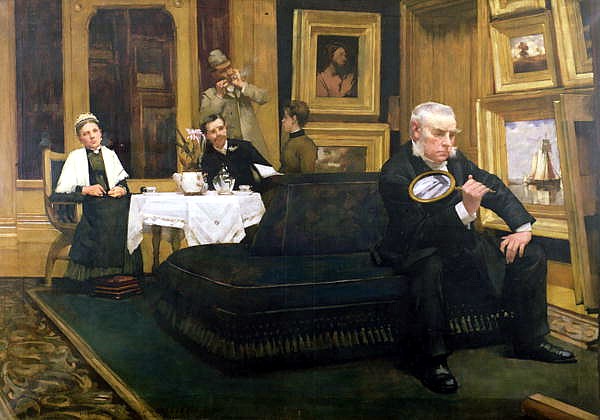
........................................................

........................................................

........................................................
***
THE GIOVANNI MORELLI MONOGRAPH

- The Giovanni Morelli Monograph
........................................................
MICROSTORY OF ART
ONLINE JOURNAL FOR ART, CONNOISSEURSHIP AND CULTURAL JOURNALISM
HOME
Giovanni Morelli and Roberto Longhi at Pommersfelden
Giovanni Morelli and Roberto Longhi at Pommersfelden

How much do art historians need to know about ornithology? Well, I don’t know, but having to deal with birds might be one way to become interested in Baroque art. Or the other way round: Having to deal with Baroque art might be one way to become interested in birds, art historians and the way we look at nature. Or: Having to deal with the biography of Giovanni Morelli might be one way to become interested in one particular bird: the African bearded vulture. Now, good gracious, how is that?
Sala pavoni in Museo della Specola, Florence (picture: Sailko)
Well, one of the few things that we do know about Giovanni Morelli’s earliest childhood is that his father, who died, when young Giovanni was five years old, had this particular hobby of stuffing birds. Young Giovanni, one might imagine, grew up among stuffed birds. We do not know if his father allowed him to play in or with this cabinet of stuffed birds (probably not, you know how these adults are), but it might be that in his earliest childhood Giovanni Morelli’s fascination for nature and especially for animals started to grow.
What we do know is further that young Giovanni Morelli did visit Franconia in 1837/38, after having completed a doctoral degree at Munich. And he did visit Nurimberg, Schloss Weissenstein at Pommersfelden and probably Würzburg. His friend, the artist Bonaventura Genelli, at Munich, got to hear of young Giovanni’s discoveries. And although we don’t have the original letter – from Genelli’s reply to »friend Morell«, that we have, we do know that Giovanni Morelli had spotted an African bearded vulture somewhere on this trip and had provided his friend with a probably enthusiastic description of it.
And this is how the Morellian African bearded vulture might about have looked like:

Gypaetus barbatus meridionalis
But where to spot this magnificent bird (see for example http://www.youtube.com/watch?v=OiUcnpfN7mk – this however is a bearded vulture/Lämmergeier/Bartgeier in a zoo) might be a trivial question, but biographers have to answer such questions, and this is how we become interested in Baroque art, ornithology and the way art historians do look at nature (if or if they do not read allegories as well, especially allegories of nature).
*
Frankly, I have not found the African bearded vulture yet. He might be hidden somewhere within a wall of Baroque allegorical paintings. It might be that it crowds the sky somewhere in frescoes of Tiepolo at Würzburg or somewhere takes away a Ganymed. And I have looked hard to find it in the Pommersfelden staircase ceiling fresco, done by a little known Swiss artist named Johann Rudolf Byss (or Bys – the best work on Byss calls him Bys). And while researching Byss I came to know that this artist was sort of a real bird’s expert.
Because he did paint landscapes with birds, very much like those you find in Giovanni Morelli’s own collection that he assembled in his later years; he did paint hunting trophies, a courtyard with chickens, allegories of air (Luft) with all sorts of birds, paradise landscapes with all sorts of birds and and expulsions from paradise with all sorts of birds
But if Byss did ever paint an African bearded vulture, again, I do not know (or is it the very bird just above the head of the lion?). (Well, if someone would happen to find out with certainty, just send me an email. I’ll give you credit in my forthcoming Morelli book.)
While now doing this kind of research I was getting quite interested in these ceiling frescoes, due to their strange mix of ornithology and zoology in general, mythology, theology (?) and – allegorical – geography. Look at this magnificent ceiling fresco by Byss (and it is also a magnificent photograph, by the way, by Mr Kanngiesser).
(Picture: Klaus Kanngiesser)
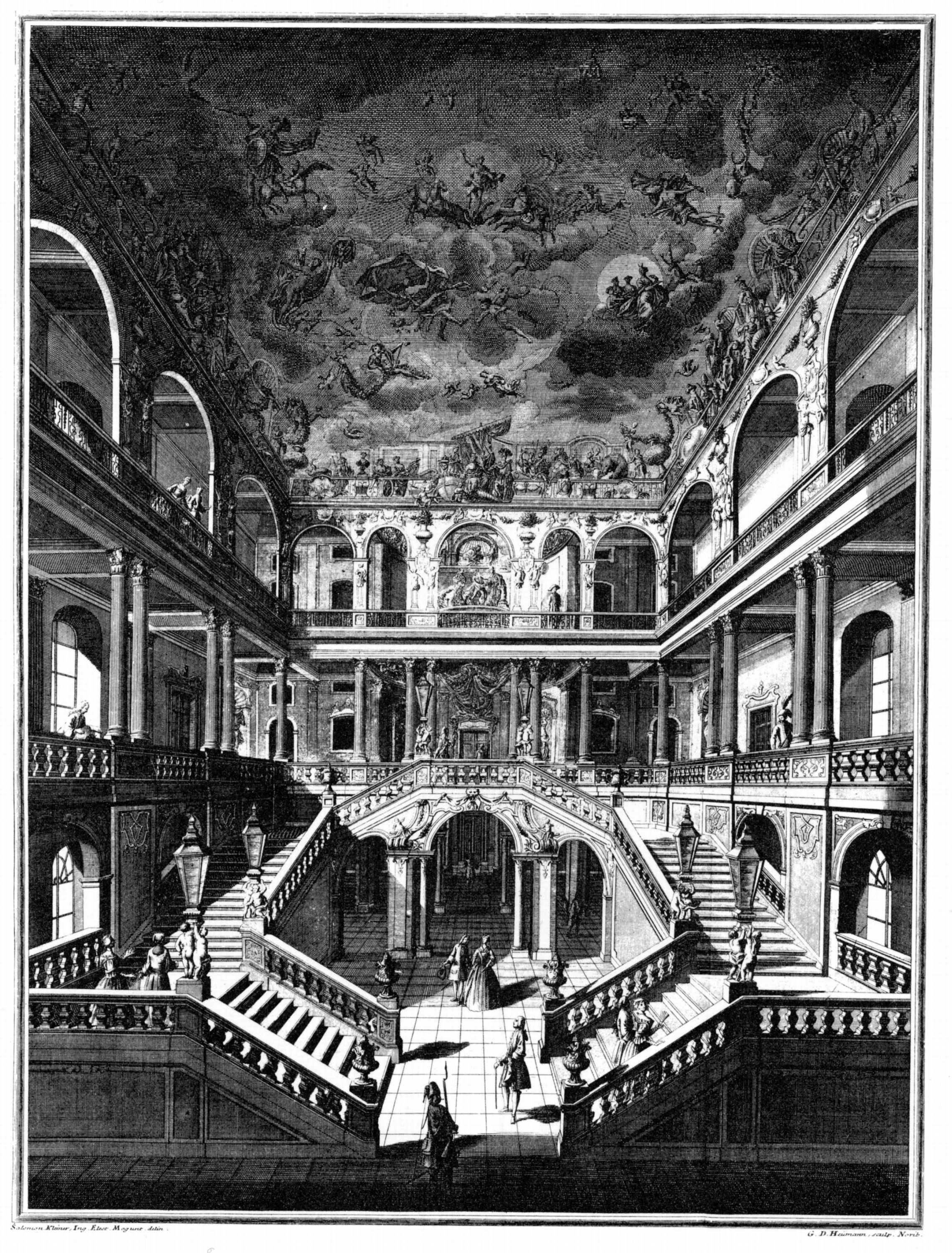
(Picture: zeno.org)

(Picture: worldgolfimax.com)
Here he have it all in one frame. The Imax movie about birds and about flight demonstration sqadrons and whatever a sky may be crowded of; and if you look at it long enough (until you neck hurts) you might not even want to go to an Imax theatre anymore to see this:

What has this all now to do with Roberto Longhi?
Well, it is well known among art historians that are concerned with the art of Italy and whose first language is not Italian that Roberto Longhi, art critic, but also writer, is an author particularly hard to translate. In fact Longhi has been little translated, which is a pity, and his status outside of Italy might be a completely different one than in his home country. And we are concerned here with one of Longhi’s writings, with one of his juvenilia, with a scherzo, written in 1922, and named: Un ignoto corrispondente del Lanzi sulla Galleria di Pommersfelden (see Scritti Giovanili I, p. 475-492). And this all because Morelli and Longhi are usually thought to represent rather opposits within the history of art history and connoisseurship, and this conventional thinking we would like to question.
Roberto Longhi (http://it.wikipedia.org/wiki/Roberto_Longhi ; http://www.dictionaryofarthistorians.org/longhir.htm), who obviously thought to have little in common with Giovanni Morelli himself, was certainly not aware that the latter, in his youth, had been actively writing various scherzi himself. Two of this writings have been edited in the mean time, the Balvi magnus of 1836 and the much longer Miasma diabolicum of 1839, but never been translated into Italian. And we already see that it is questionable that Morelli and Longhi had nothing in common. The truth is that Longhi, who had little information on Morelli at his time, except from the latter’s books, was simply mistaken, because he did not have a full picture of Morelli’s personality. At any rate: Morelli, especially in his youth, showed a passion wanting to be a writer, very similar to the passion of Roberto Longhi to play with literary means. And secondly: why would the two men have wanted to possess a work of one and the same rare artist, namely Giacomo Ceruti, called Il Pitocchetto (http://it.wikipedia.org/wiki/Giacomo_Ceruti), if they had absolutely nothing in common?

…and this is the Ceruti owned by Longhi. (picture: wga.hu)

This is the picture by Ceruti that Morelli owned… (picture: lombardiabeniculturali.it).
We don’t know if Roberto Longhi would have been interested to hunt the above mentioned bearded vulture at Pommersfelden. But it is worth imagining that Morelli would have read Longhi’s scherzo and vice versa, i.e. that Longhi would have been able to at least taking a look into the Balvi magnus and the Miasma diabolicum (not to mention the at least seven plays that Morelli actually did write, but this is still another subject). But the purpose of our, so to speak, zoological scherzo improvised above is also something very serious. We would like to imagine an encounter between Giovanni Morelli and Roberto Longhi, we stage this at Pommersfelden, to ask simply why these two art historians have been thought as representing opposits. And before we come to that question we have to recall a silent, but basic drama within Morelli’s life, the drama of switching languages due to switching between cultures.
Several times, if we manage to count correctly, three times, Giovanni Morelli switched the main language he was thinking in and working with. From Italian to German (the language the two scherzi are written in) and back. And back again. Because for his art historical writings, although having become a senator of Italy in 1873, he again did choose the German language. Some youthful plays he did write as a student were written in German (probably not extant) and some later comedies in Italian (some, apparently, extant). And, all in all, the hidden drama of Giovanni Morelli’s biography goes on, a drama that at his lifetimes was the seeking for a stable cultural identity between German and Italian culture, and in its aftermath a drama of not being known, nor for the drama of a complicated struggle for this identiy, nor for the writings that were part of and expressions of that struggle. This is the actual reason why Giovanni Morelli is, except for his books that have (if not all of them, i.e. not all of the last editions) been translated into Italian, not much known, as to his actual personality, in Italy. Because to know him well, one has to read his writings in German, his letters in German, and to follow the often not wanting to go public of a complicated personality that was torn beween the Italian and German culture.
[to be revised/completed as to how Longhi and Morelli have been seen in the past and are presently seen in contemporary art history and connoisseurship; compare for the moment my thoughts on the Berensonian culture of connoisseurship, seen against the backdrop of what Morelli actually had wanted and envisioned]

Aerial view of Schloss Weissenstein (picture: akpool.de)
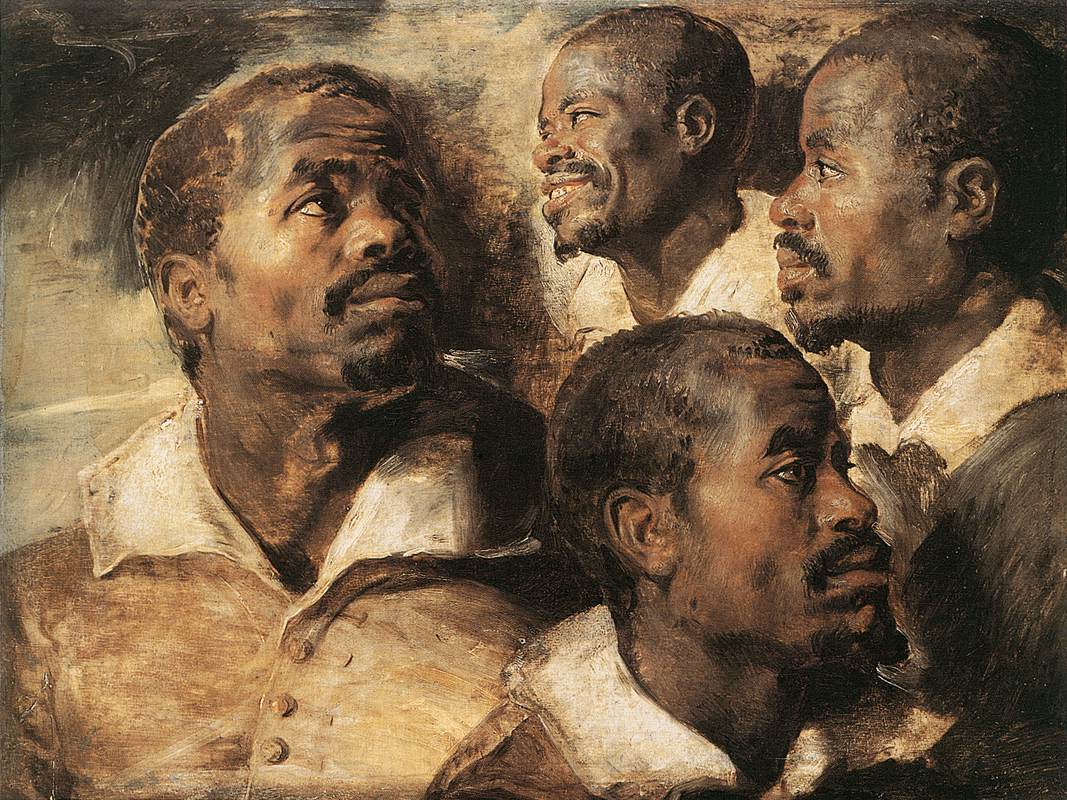
If we would think now to have Longhi and Morelli meet at Pommersfelden, where Morelli especially did like, as he wrote to Genelli, the studies of the head of a »negro«, it is possible that they would have found a bond in their literary interests, for example in Shakespeare (because the liking of the »negro« head, for Morelli, was certainly associated with Othello, like Longhi, in his Caravaggio monograph did refer, on his part, to Macbeth). But one could also be tempted too think of these connoisseurs as being open for a mainstream pragmatism of connoisseurship, with Morelli on the one hand, shyly remarking that this might not be enough, while, on the other hand, Longhi might have thought that formalism and connoisseurship, rationalism and connoisseurship, never are going to fuse completely.

(Picture: pasolinipuntonet.blogspot.com)

(Picture: amazon.de)

(Picture: Projekt Ozeanium)
A note to the introductory Morelli section: Right now (early summer of 2014) he have this controversy at the city of Basel about having an aquarium at Heuwaage, Basel, or not (some environmentalists would like to see rather an Imax theatre there instead of the aquarium and have proposed this as an alternative). To the left we give one example of how the aquarium project is imagined by those who have envisioned, planned and visually simulated it.
NOW COMPLETED: THE GIOVANNI MORELLI MONOGRAPH
The Giovanni Morelli Monograph by Dietrich Seybold

Go To:
THE GIOVANNI MORELLI MONOGRAPH | HOME
THE GIOVANNI MORELLI MONOGRAPH | Spending a September with Morelli at Lake Como
THE GIOVANNI MORELLI MONOGRAPH | A Biographical Sketch
THE GIOVANNI MORELLI MONOGRAPH | Visual Apprenticeship: The Giovanni Morelli Visual Biography
THE GIOVANNI MORELLI MONOGRAPH | Connoisseurial Practices: The Giovanni Morelli Study
THE GIOVANNI MORELLI MONOGRAPH | The Giovanni Morelli Bibliography Raisonné
THE GIOVANNI MORELLI MONOGRAPH | General Bibliography
THE GIOVANNI MORELLI VISUAL BIOGRAPHY:
THE GIOVANNI MORELLI VISUAL BIOGRAPHY | Visual Apprenticeship I
THE GIOVANNI MORELLI VISUAL BIOGRAPHY | Interlude I
THE GIOVANNI MORELLI VISUAL BIOGRAPHY | Visual Apprenticeship II
THE GIOVANNI MORELLI VISUAL BIOGRAPHY | Interlude II
THE GIOVANNI MORELLI VISUAL BIOGRAPHY | Visual Apprenticeship III
THE GIOVANNI MORELLI STUDY:
THE GIOVANNI MORELLI STUDY | Cabinet I: Introduction
THE GIOVANNI MORELLI STUDY | Cabinet II: Questions and Answers
THE GIOVANNI MORELLI STUDY | Cabinet III: Expertises by Morelli
THE GIOVANNI MORELLI STUDY | Cabinet IV: Mouse Mutants and Disney Cartoons
THE GIOVANNI MORELLI STUDY | Cabinet V: Digital Lermolieff
Dietrich Seybold Homepage (with publishing informations as to the Microstory of Art Online Journal)
© DS

